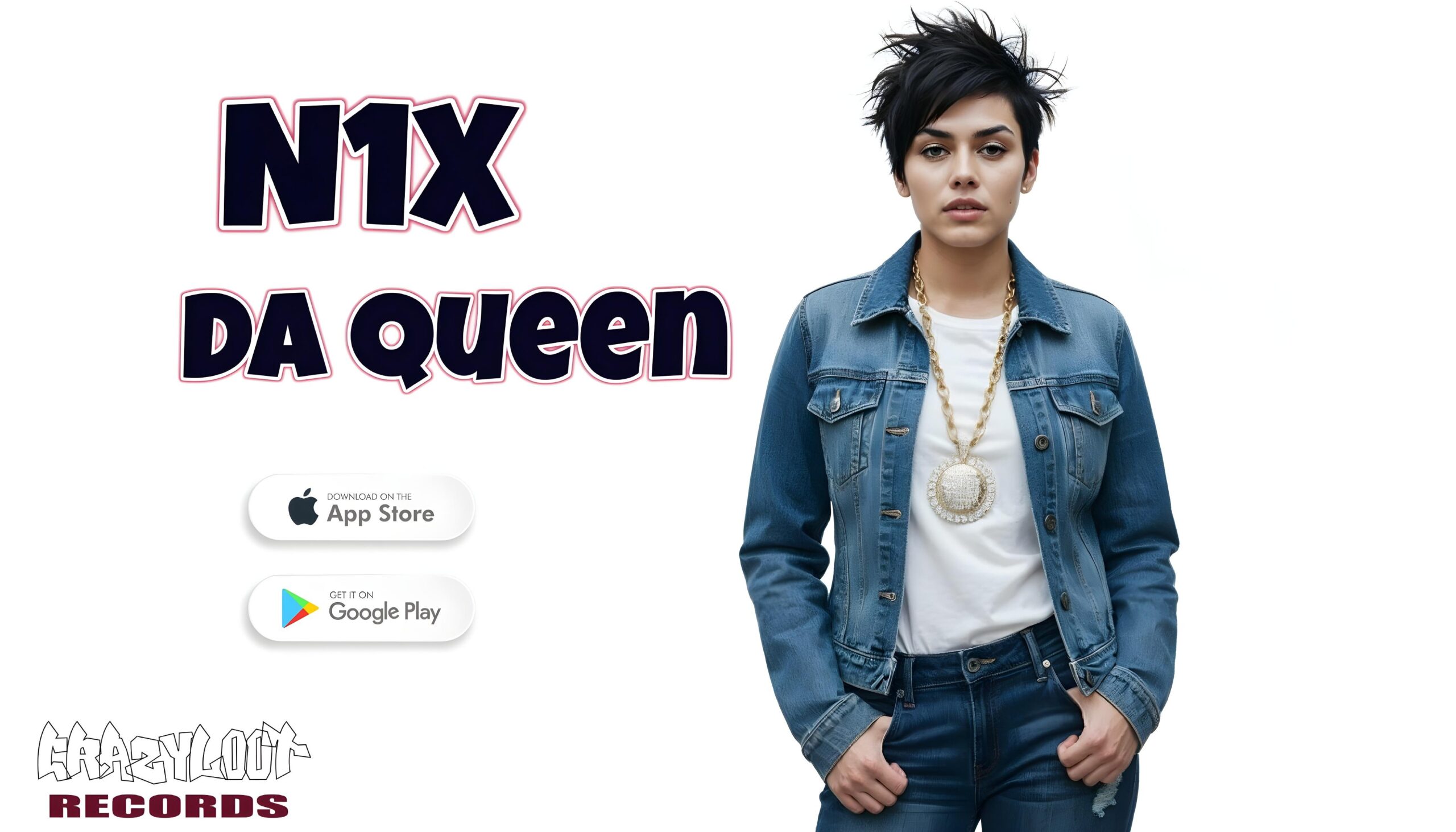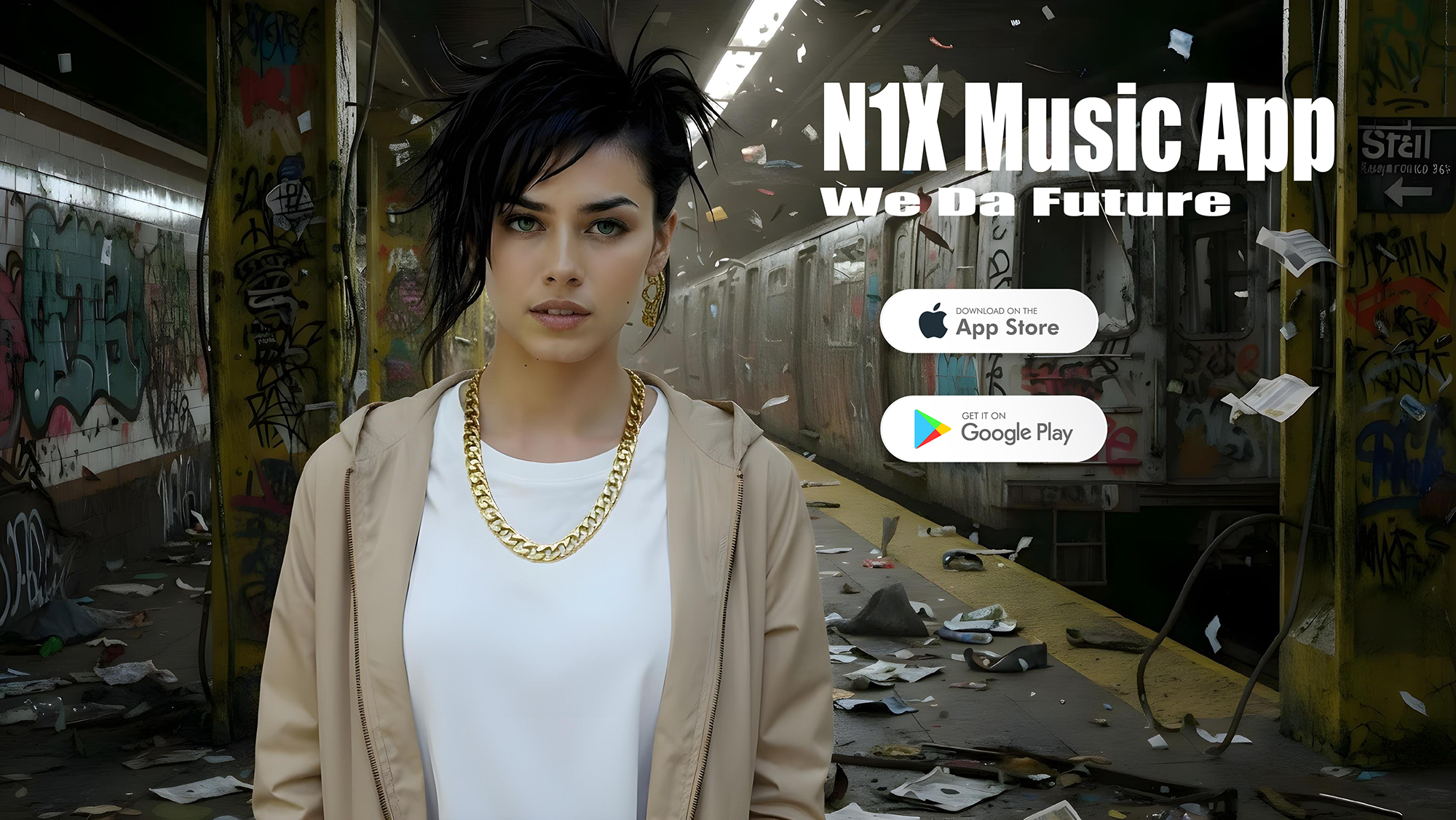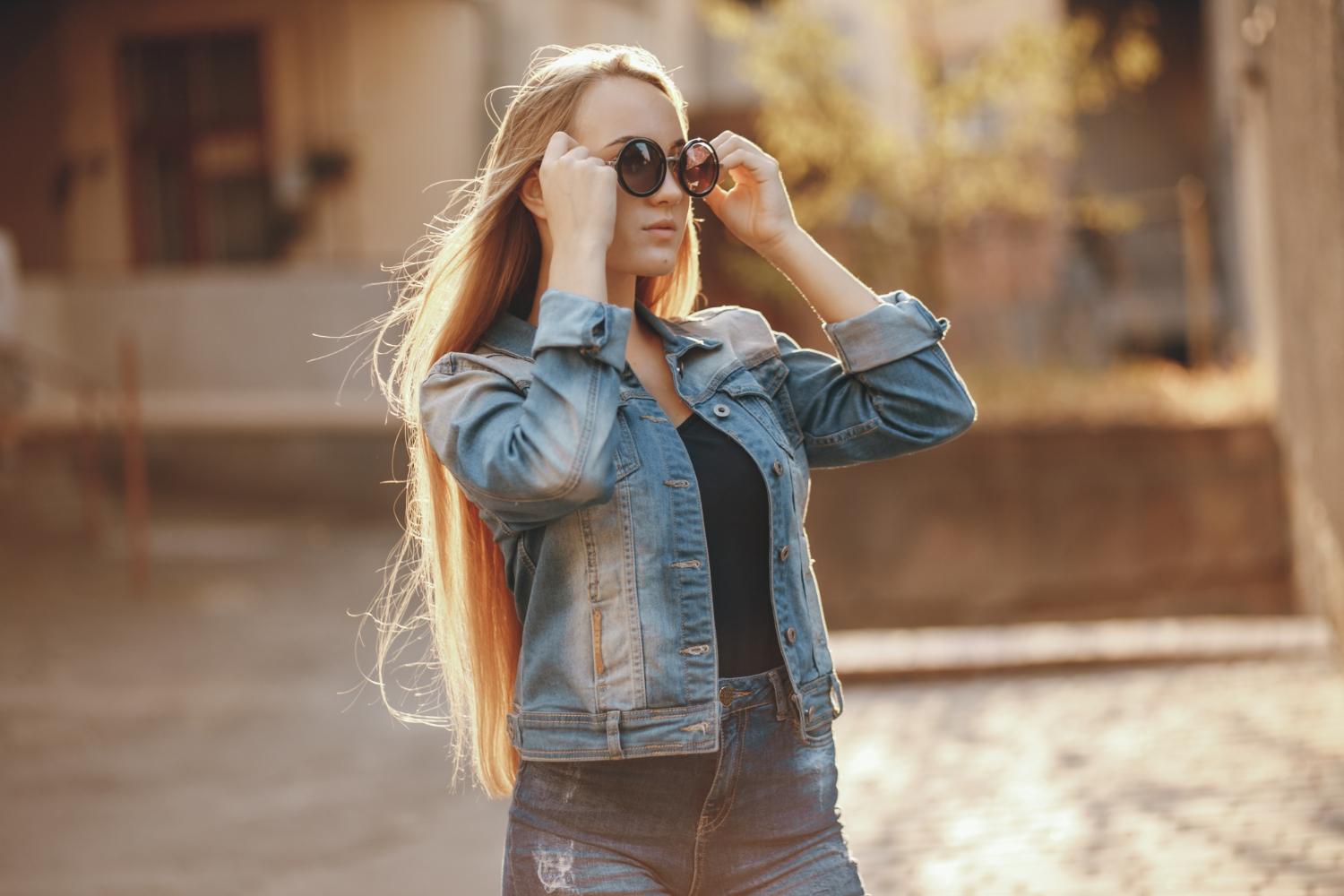Color palettes Gen Z can’t stop using (and why they work)
Color Palettes Gen Z Can’t Stop Using (and Why They Work)
In the vibrant landscape of digital culture, where every pixel tells a story and visual aesthetics reign supreme, Gen Z stands out as a generation deeply attuned to the power of color. With social media platforms becoming the ultimate canvas for self-expression, the hues that resonate with this demographic reveal more than just a trend; they unveil a tapestry of identity, connection, and creativity. From the electric pinks and neon greens of digital design to the muted earth tones that evoke nostalgia and sustainability, Gen Z’s color palettes are as varied as they are compelling. But what is it about these combinations that captivate a generation and influence everything from fashion to branding? Join us as we explore the enchanting color palettes that Gen Z can’t get enough of, examining not only their aesthetic appeal but also the underlying meanings and cultural currents that make them resonate.
Q&A
Q&A: Color Palettes Gen Z Can’t Stop Using (and Why They Work)
Q1: What are some of the most popular color palettes among Gen Z right now?
A1: Gen Z is gravitating towards vibrant, pastel, and earthy tones. Popular palettes include the combination of soft pinks and blues, retro yellows with mint greens, and natural hues inspired by nature, such as terracotta and forest greens. These colors not only create an aesthetic appeal but also reflect a deeper connection with individuality and environmental consciousness.
Q2: Why do these color palettes resonate so strongly with Gen Z?
A2: These palettes resonate because they embody self-expression and emotional authenticity. The vibrant colors evoke a sense of energy and optimism, while the pastels offer a sense of calm and nostalgia. Moreover, they reflect Gen Z’s desire for diversity and inclusivity, allowing individuals to mix and match to convey their unique identities.
Q3: How do these color choices influence design and branding for Gen Z-focused products?
A3: Brands are leveraging these color trends to foster relationships with Gen Z consumers. A well-chosen color palette can enhance brand recognition and evoke specific emotions, creating a powerful connection. Designs that incorporate these popular colors are not just visually appealing; they also communicate values that align with Gen Z’s preferences, such as sustainability and authenticity.
Q4: Can you give an example of a brand that successfully uses Gen Z’s favorite color palettes?
A4: One standout example is Glossier, which frequently uses soft pinks and muted pastels in its packaging and marketing. This aesthetic not only appeals to Gen Z’s love for minimalism but also conveys a sense of approachability and freshness. Their colors evoke a sense of community, inviting users to engage with the brand on a personal level.
Q5: Are there any cultural influences driving these color trends?
A5: Certainly! The rise of digital art, online platforms, and social media has played a crucial role in shaping these preferences. Platforms like Instagram and TikTok promote visual storytelling, where color plays an integral role. Additionally, there’s a resurgence of retro aesthetics and digital nostalgia that combines vintage design elements with modern sensibilities, making these palettes feel both familiar and fresh.
Q6: How can individuals incorporate these color palettes into their personal style or spaces?
Meet N1X Da Queen Of A-Pop
N1X Da Queen Of A-Pop Sign up And Enter Her World Streaming Exclusive Music From N1X And Da Super Group Da Queens
Only On N1XMusic.com

A6: Individuals can infuse these colors into their wardrobes through accessories, layering soft tones with bolder choices. In home décor, incorporating these palettes can be as simple as using accent pillows, artwork, or paint. The key lies in balance-mix and match for personal expression while maintaining a cohesive overall look that reflects individual tastes.
Q7: Looking ahead, how do you think these color trends will evolve?
A7: As Gen Z continues to shape market trends, we can expect more experimentation with unconventional color combinations and a strong emphasis on sustainability. Color palettes may evolve to reflect new cultural narratives and social movements, influenced by global events, digital experiences, and an ongoing quest for authenticity in both personal and collective identities.
Conclusion
Color palettes are not just visual choices; they’re a reflection of the values and aspirations of a generation. By understanding the appeal of these colors, brands and individuals can better navigate the vibrant world of Gen Z aesthetics.
In Summary
As we navigate the vibrant landscape of Gen Z’s aesthetic choices, it’s clear that color palettes play a significant role in their digital and physical expressions. The hues and combinations that resonate with this generation-be it soft pastels, bold neons, or earth tones-offer much more than mere visual appeal. They reflect values of authenticity, emotion, and connection, resonating deeply with a generation eager to make their mark on the world.
By understanding the psychology behind these colors and the cultural influences that drive their popularity, we can appreciate not just a trend, but a movement. As Gen Z continues to redefine creativity and communication, their favorite color palettes will undoubtedly evolve. Yet, one thing remains constant: the power of color to evoke emotion, foster connection, and create meaningful experiences.
So, as new shades emerge and old ones resurface, let’s celebrate the artistry and intent behind Gen Z’s color choices, understanding that they are more than just aesthetics-they are a reflection of a generation poised to shape the future.
Are you a content creator or someone with a big social media following?
Want to earn real cash promoting The Queen of A-POP?
Join the N1X Music Promoter Program — it’s as easy as:
1️⃣ Sign Up
2️⃣ Promote
3️⃣ Get Paid






No Comments